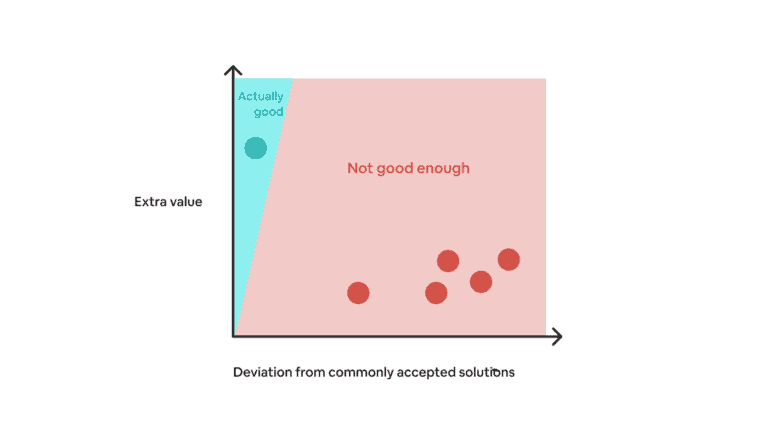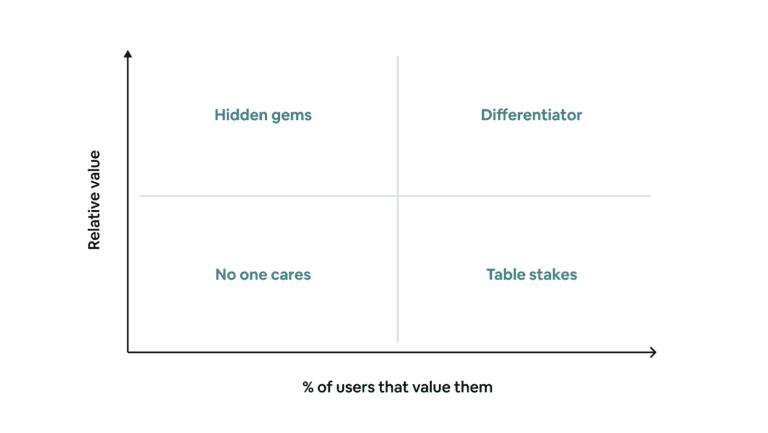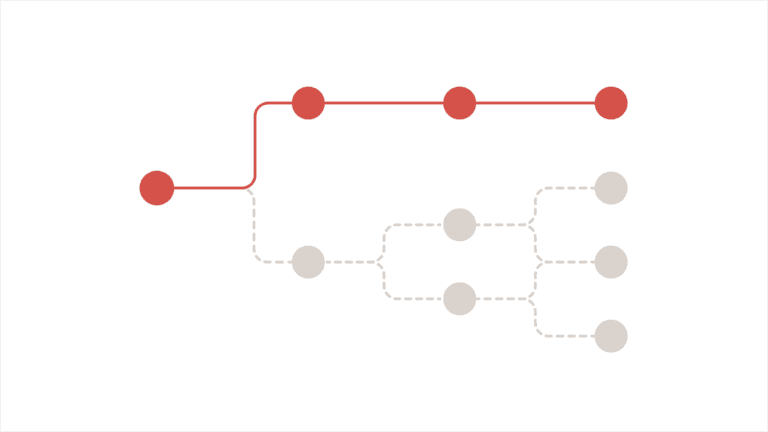We’ve moved past the point where product managers and founders use the Henry Ford quote (car vs. faster horse) to justify not talking to users. But there’s another interesting aspect of this quote that doesn’t get discussed enough:
You might think that, all things being equal, a solution that can deliver the best user value will always win. But nope, that’s not always the case.
Even if you’ve got a solution that’s “objectively better,” it can’t stray too far from users’ existing ideas of what a good solution should be.
Imagine if smartphones had popped up 100 years ago. People would’ve likely thought they were witchcraft!
Yes, I know that’s an extreme example, but many real products did fail not because they couldn’t deliver better results, but because the market just wasn’t ready for them.
Let’s try to understand it with a simple graph:
- The x-axis represents how much a new solution differs from the existing ones.
- The y-axis represents the extra value that the new solution provides.

For every point you move to the right, you need to make it up with roughly 3 points up. That’s because a new solution takes effort to understand, learn, and trust. The inertia is also why we have sayings like, “Nobody ever gets fired for using {a terrible but widely used product}.”
Most category-defining products that are known for being the “first-of-its-kind” benefit from a combination of:
- Macro economic shift or behavioral change
- Major technological breakthrough
For example:
- Uber rode on the back of mass smartphone adoption and the introduction of 4G.
- Miro experienced exponential growth due to COVID and remote work.
- We’ll soon see many AI-first products following similar patterns (Jasper, Copy.ai to name a few)
While these companies have executed brilliantly to seize opportunities, let’s not bank on the idea that, “Once the world sees how our solution, they’ll get why it’s better,” or “If they don’t get it, we’ll educate them.”
Instead, carefully assess where your idea sits on the Value vs. Acceptance matrix whenever you’re designing a feature. This will help you figure out whether to create a better version of the existing solution or try something entirely new.
80% of the time, you don’t have to reinvent the wheel. But if you believe you can build a “rocket” that delivers 10 times the value — by all mean bet on it.




